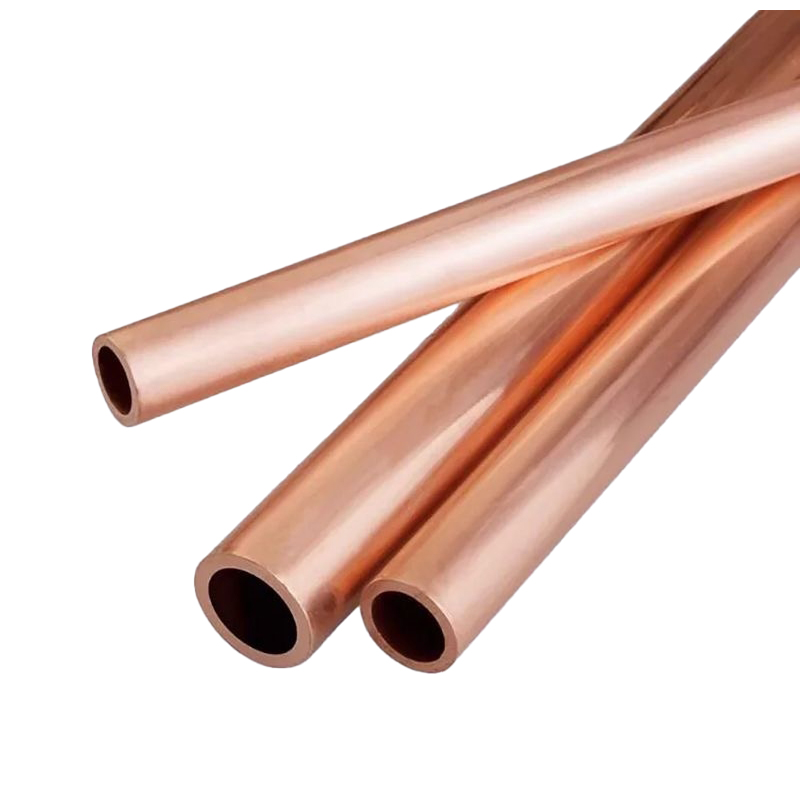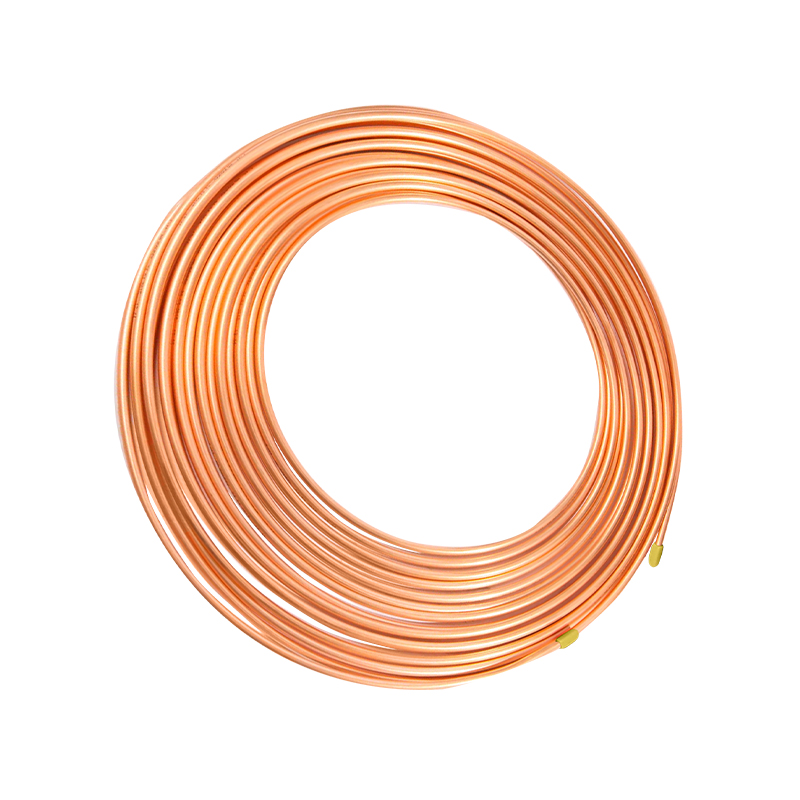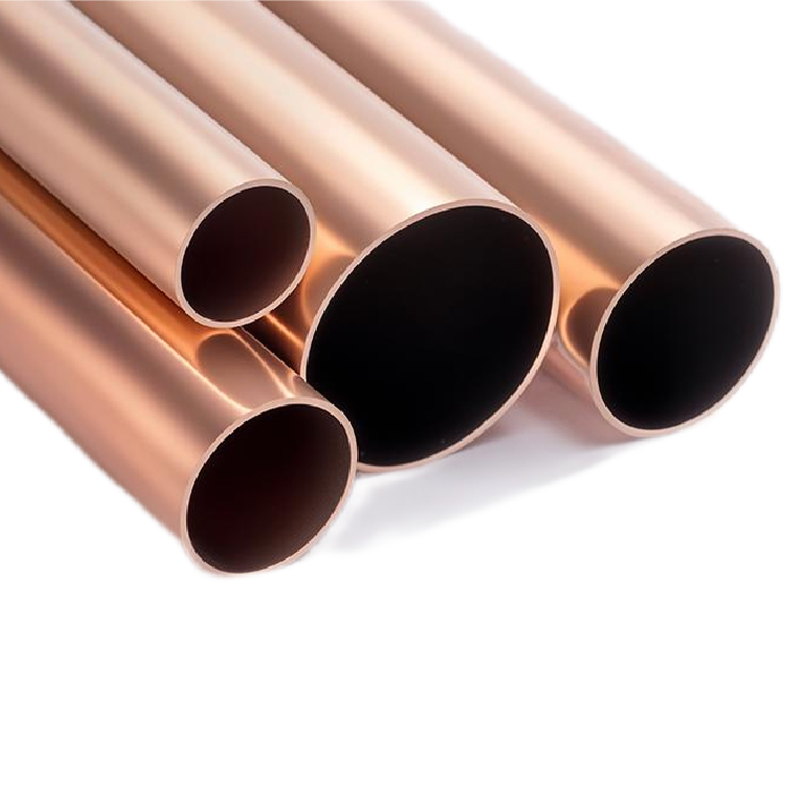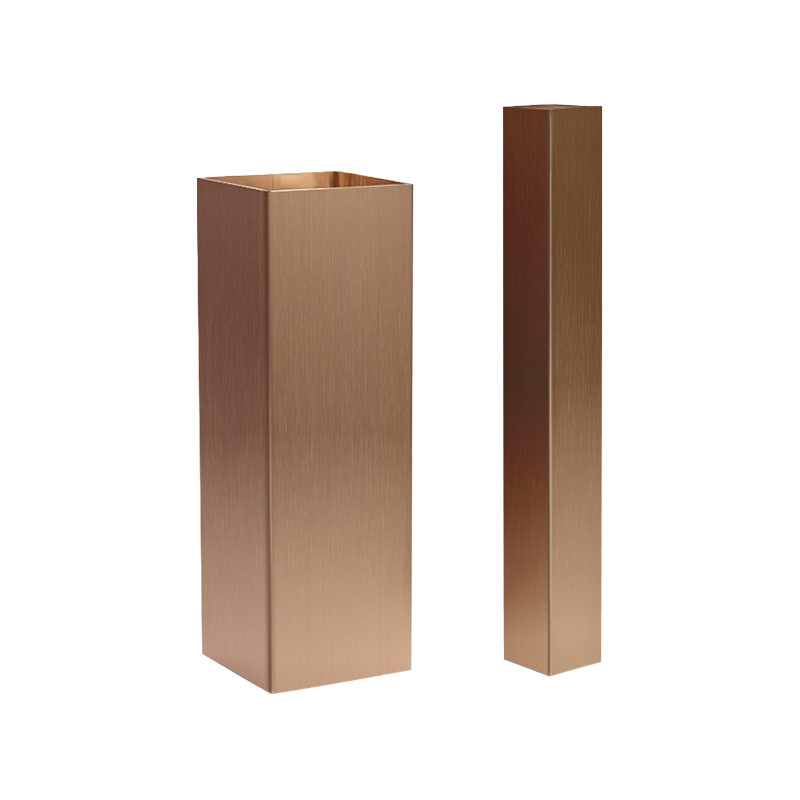
How Inner Grooved Tubes Improve Fluid Flow and Reduce Energy Consumption
With increasing global demand for energy efficiency and environmental protection, improving the operating efficiency of industrial equipment and reducing energy consumption have become critical challenges across all industries. As an innovative heat exchange technology, inner grooved tubes, with their unique design and structural advantages, have been widely adopted in many fields. In particular, they offer significant energy savings in heating, ventilation, and air conditioning (HVAC), refrigeration, automotive cooling systems, and industrial production.
Working Principle and Structural Advantages of Inner Grooved Tubes
Inner grooved tubes offer significant structural advantages over traditional smooth tubes. Their inner wall features spiral grooves. This unique design creates turbulence as the fluid flows through the tube, significantly increasing the contact area between the fluid and the tube wall and improving heat exchange efficiency.
Increasing Turbulence and Improving Heat Exchange Efficiency
A notable feature of inner grooved tubes is their spiral groove design, which effectively enhances the turbulence intensity of the fluid. Turbulence helps improve the efficiency of heat exchange between the fluid and the pipe wall. Compared to laminar flow in traditional smooth pipes, turbulence significantly accelerates heat transfer, thereby improving heat transfer efficiency. This mechanism is the key to the energy efficiency benefits of inner grooved tubes in many applications.
Optimized Flow, Reduced Flow Resistance
Inner grooved tubes not only increase fluid turbulence, but also optimize the flow pattern through their spiral design. Compared to traditional pipes, this design reduces energy loss caused by uneven fluid flow, effectively lowering flow resistance. This means that inner grooved tube systems can achieve heat exchange with lower energy consumption, significantly reducing overall energy consumption.
Increased Surface Area, Improved Heat Transfer Capacity
The spiral structure of the inner grooved tube's inner wall increases the effective surface area of the pipe. This increased contact area between the fluid and the pipe wall allows for more efficient heat exchange, a crucial feature in high-efficiency heat exchange equipment. Improving heat exchange capacity not only improves thermal management but also indirectly reduces energy consumption, as higher heat transfer efficiency means less energy required.
Reducing Fouling and Extending Equipment Life
The inner grooved tube design also helps reduce deposits and fouling on the tube walls. In heat exchange systems, fouling is a significant factor in reducing thermal efficiency. Inner grooved tubes use turbulent flow and a spiraling effect to help remove deposits from the tube walls. This maintains long-term stable heat exchange, reduces equipment maintenance, and ultimately lowers operating costs.
Applications of Inner Grooved Tubes for Energy Saving
The high efficiency of inner grooved tubes not only improves fluid flow efficiency but also reduces energy consumption across various equipment by optimizing the heat transfer process.
Energy Saving Applications in Heating, Ventilation, and Air Conditioning (HVAC) Systems
In HVAC systems, inner grooved tubes have become a key technology for improving heat exchange efficiency. Traditional HVAC systems often suffer from low heat exchange efficiency and high energy consumption. The spiral groove design of the inner grooved tube increases the contact area between the fluid and the tube wall, thereby improving heat exchange efficiency and reducing energy consumption. For example, in air conditioning equipment, the inner grooved tube can improve the performance of the condenser and evaporator, allowing the air conditioning system to achieve more efficient cooling or heating with lower energy consumption. This not only reduces system operating costs but also effectively reduces energy waste, positively impacting the environment.
Energy Savings in Automotive Cooling Systems
Automotive engine thermal management is a key factor in vehicle design. The use of inner grooved tubes in automotive cooling systems significantly enhances engine heat dissipation. The spiral structure of the inner grooved tube significantly improves coolant flow efficiency, allowing engine heat to dissipate quickly and preventing overheating. In this process, the inner grooved tube reduces coolant flow resistance and increases the surface area for heat exchange, allowing the cooling system to maintain a stable engine temperature with less energy consumption, thereby improving fuel efficiency and reducing carbon emissions.
Energy-saving Applications in the Refrigeration and Air-conditioning Industry
The energy efficiency of equipment in the refrigeration and air-conditioning industry directly impacts energy consumption. Inner grooved tubes are widely used in heat exchangers in refrigeration equipment, significantly improving the heat transfer efficiency of the refrigerant. By improving heat exchange efficiency, refrigeration systems can consume less energy while maintaining the same cooling effect. For example, inner grooved tubes used in condensers and evaporators accelerate the refrigerant's heat exchange process, shortening the refrigeration cycle time and thus achieving energy savings. This not only helps reduce refrigeration system operating costs but also makes these equipment more environmentally friendly and complies with increasingly stringent energy standards.
Energy-saving Applications in Industrial Heat Exchange Systems
The energy-saving advantages of inner grooved tubes are widely used in many energy-intensive industrial sectors, such as the petrochemical, metallurgical, and chemical industries. In these sectors, the efficiency of the heat exchange system directly affects production costs and energy consumption. Through its unique design, inner grooved tubes improve the heat exchange efficiency between the fluid and the heat source, reducing energy losses. For example, in petrochemical plant heat exchangers, inner grooved tubes (IGTs) can more efficiently transfer heat, reduce energy consumption, and ensure efficient utilization of heat energy during production. This not only helps companies reduce production costs but also improves system reliability and stability.
Energy-saving Applications in Renewable Energy
With the rapid development of renewable energy technologies (such as solar and wind energy), inner grooved tubes (IGTs) are beginning to play a significant role in these fields. In particular, in solar water heaters and geothermal systems, IGTs can help improve the efficiency of heat collection and transfer, enhancing overall system performance. By reducing heat loss and increasing heat transfer rates, IGTs help these renewable energy devices reduce energy consumption and improve energy utilization.
Product Category
Content
- 1 Working Principle and Structural Advantages of Inner Grooved Tubes
- 2 Applications of Inner Grooved Tubes for Energy Saving
- 2.1 Energy Saving Applications in Heating, Ventilation, and Air Conditioning (HVAC) Systems
- 2.2 Energy Savings in Automotive Cooling Systems
- 2.3 Energy-saving Applications in the Refrigeration and Air-conditioning Industry
- 2.4 Energy-saving Applications in Industrial Heat Exchange Systems
- 2.5 Energy-saving Applications in Renewable Energy
Related news
-

What is a thick-walled copper tube? Thick-walled copper tube, also known as seamless thick-walled copper tube, is a high-performance metal tube made o...
See Details -

Overview and Importance of Copper Capillary Tube In modern industrial equipment and precision control systems, miniaturization and high precision have...
See Details -

What is a copper tube? Analysis of material composition and basic characteristics Definition of copper tube Copper tube is a tubular object made of co...
See Details -

Understanding Copper Square Tubes: Composition, Grades, and Typical Applications Copper square tubes are specialized extrusions that combine the super...
See Details

 English
English Español
Español